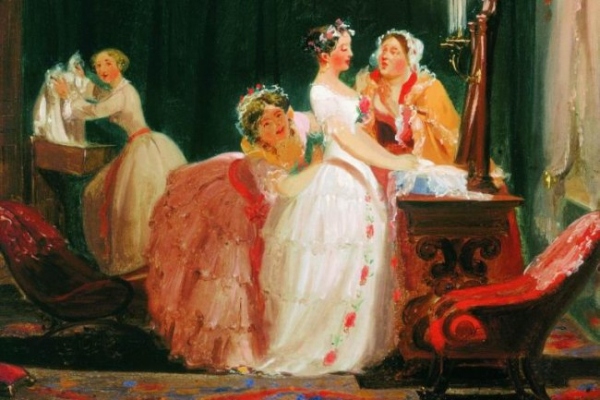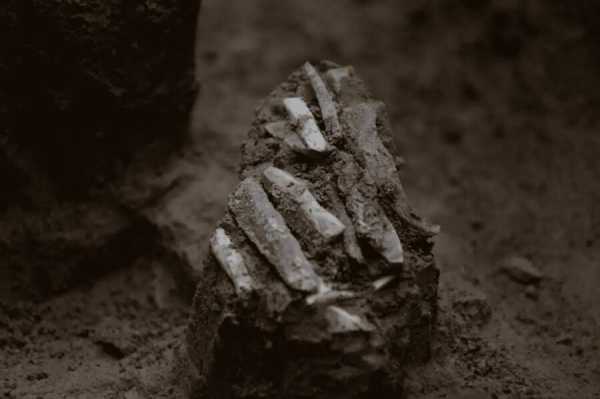
Finding a groom for a beautiful and wealthy bride doesn't require much intelligence! It's a simple matter, as they say. But getting rid of a dowryless woman or a plain-looking girl is a more difficult task.
In Rus', matchmakers were especially resourceful. No one could handle this difficult task better than a matchmaker. Only a matchmaker, skilled in a wealth of tricks and stratagems, could help arrange the personal happiness of a plain woman or a bride who had been a maid for too long.
One of the tricks matchmakers resorted to during the bride-viewing process was substituting a woman. If the woman's appearance fell far short of the beauty standards of the time, was thin and ungainly, and had little chance of appealing to a potential husband, a more attractive relative would be sent out in her place. Preference was given to plump, round-faced, stately women with curvaceous figures and rosy cheeks.
The substitution was only discovered after the church wedding. Then the newlywed had the opportunity to get a good look at his betrothed. Having examined his wife and learned of the deception, he could either accept the affair, if she had no significant flaws in her appearance (“if you get used to it, you'll grow fond of it,” as they used to say in Rus'), or complain to the authorities.
They would investigate the bride swap. If her relatives were found guilty, they would be flogged. The new wife also had a hard time, as her husband would deliberately beat her regularly, trying to force her to enter a monastery and thus free him from the hateful marriage.
Since one of the criteria by which a marriageable girl was assessed was fullness and roundness of form, matchmakers resorted to some tricks to give their protégé, who dreamed of marriage, a “marketable appearance.”
God forbid the bride be thin! This could scare off all potential husbands. After all, thinness was considered a sign of poverty and poor health. Such a bride was unpopular. Therefore, matchmakers carefully dressed the bride in a hundred clothes to give her a plump appearance . She might wear two or three shirts at once, a sarafan that was too large, several petticoats, and a warm jacket.
In such a pile of clothing, even the thinnest and most plain-looking girl looked like a plump beauty! Matchmakers also didn't forget the need to create a curvaceous figure, so they attached special fabric pads to the hips and chest of the marriageable girl.
Another essential attribute of beauty was the braid . If a marriageable girl couldn't boast a long, thick braid, this deficiency was corrected by weaving a horsetail of a suitable color into her braid. To be on the safe side, it was secured to the bride's sparse hair with ribbons, starting from the very base of the braid. Besides serving as a safety net, the ribbon also served as an adornment and gave the bride a more presentable appearance.
A matchmaking could be ruined by something as trivial as a cold or a birthmark. To avoid setbacks, matchmakers planned everything in advance. They would move into the marriageable girl's home a few days before the viewing to keep an eye on the bride and protect her like the apple of their eye. During this time, the girl was freed from work to prevent, God forbid, any injury or injury. She was fed generously to gain weight and become more beautiful. Any external imperfections, such as birthmarks or bruises, were covered with whitewash.
Matchmakers carefully ensured that the groom couldn't get close to the bride and get a good look at her. They tried to hide her from the eyes of the groom and his family until the wedding. At best, he could see her from afar. Moreover, cunning matchmakers tried to seat their protégé near a window so that her external flaws would be invisible to a passing groom.
Matchmakers would beautify unattractive young women of marriageable age with white lead, rouge, and kohl. Sometimes, the makeup on a girl's face was so thick that the groom would later be unable to recognize her without it. The only thing left for the newlywed husband, duped by the cunning matchmakers, was to console himself with the folk wisdom that says, “You can't judge a book by its cover!”





